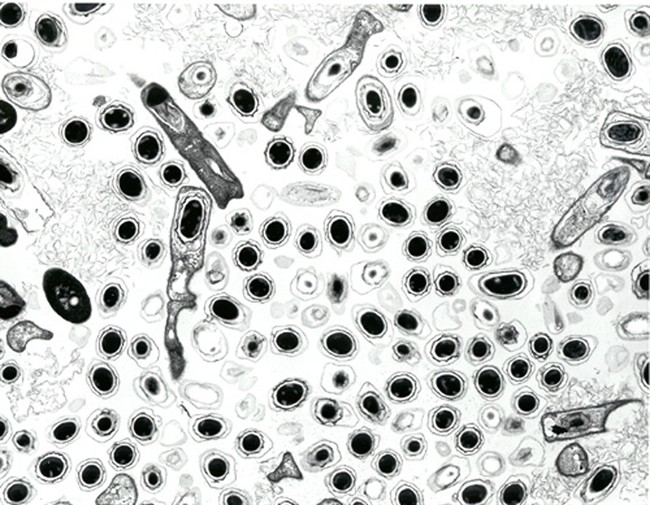Today the director of the U.S. Centers for Disease Control made a startling announcement.

Dr. Tom Frieden’s communications team had called a news conference, ostensibly to report on the organization’s investigation into a laboratory accident that took place at the CDC involving anthrax.
But shortly before Frieden’s conference call was to take place, the Atlanta-based agency sent out an embargoed news release about what he was going to discuss. And it contained a bombshell: The CDC’s influenza division, one of the leading flu laboratories in the world, recently sent another lab a sample of flu contaminated with live H5N1 virus.
If you know the term bird flu, H5N1 is the virus you probably first heard referred to that way. It’s highly lethal to chickens, and it’s very dangerous for people too. Though fewer than 700 people have been known to have been infected with the virus worldwide, roughly 60 per cent of those cases ended in death. It’s a nasty virus.
READ MORE: CDC shuts 2 labs, stops shipping dangerous germs after anthrax scare
When laboratories work with H5N1, the research is done in BSL 3 or BSL 3-enhanced facilities. Those are the highest-but-one level of biosafety and biosecurity containment, designed to ensure that pathogens worked on within their walls do not infect the researchers and do not escape to infect people on the outside.
- Canadian man dies during Texas Ironman event. His widow wants answers as to why
- ‘Sciatica was gone’: hospital performs robot-assisted spinal surgery in Canadian first
- Canadians more likely to eat food past best-before date. What are the risks?
- Treatment from female doctors leads to lower death rates, study finds
CDC was supposed to be sending an H9N2 virus to a laboratory owned by the U.S. Department of Agriculture. H9N2 is also a bird flu virus, but it doesn’t kill chickens; fewer people have been infected with it and those who have been infected have been less sick.
But the USDA lab noticed that the virus that was supposed to be H9N2 wasn’t behaving the way they would have expected it to – which likely means chickens started to die. So they tested it to see what they actually had on their hands. And they discovered the CDC had sent by error a sample that also contained H5N1. In the lab world, this is a bad mistake to make.
Frieden said that discovery was made around May 23, at which point the USDA lab notified the CDC flu division. Just who in the flu division knew about the mix up isn’t clear. What is known is that the agency leadership was only notified of the biosecurity breach this week. Frieden said on Friday he had known about the incident for less than 48 hours.
“It’s deeply troubling that there was what is an unacceptable delay in providing this information,” he said.
READ MORE: CDC probes possible anthrax exposure in U.S. lab
“It’s very important to have a culture of safety that says ‘If you’ve got a problem, talk about it.’ The biggest way to get into more trouble is not to talk about something when you’ve got a problem. So that kind of delay is very troubling.”
Asked why there was a delay, Frieden said flatly: “I can think of no valid explanation.”
“I’m just astonished that this could have happen here,” he said. “I’m upset, I’m angry, I’ve lost sleep over it. And I’m working around the clock to make sure we do everything possible to resolve it.”
Frieden said initial investigation shows that the H9N2 sample was contaminated with H5N1 virus at the CDC; it did not arrive at the agency already contaminated.
It appears no one was made ill as a consequence of the mistake, Frieden said. The sample was being worked on in a BSL 3 laboratory at the unnamed USDA facility, so scientists there would have been taking precautions to prevent themselves from being infected or from letting the virus escape from the lab.
An investigation is underway at the CDC to see how the incident happened and why CDC management was not immediately informed. And a series of reviews are underway. For the time being, the CDC flu lab has been closed and won’t be reopened until adequate safety procedures have been put in place.
As well, Frieden announced the CDC is issuing a moratorium on the movement — inward or outward — of biological materials from BSL 3 or BSL 4 laboratories.
Frieden said disciplinary action will be taken against any CDC staff who knowingly did not follow lab safety protocols, or who knew about the incident and did not report it promptly.




Comments